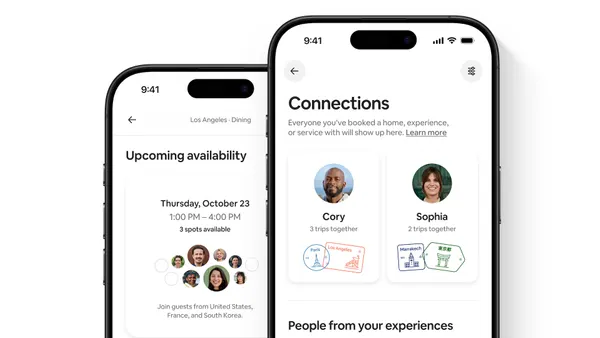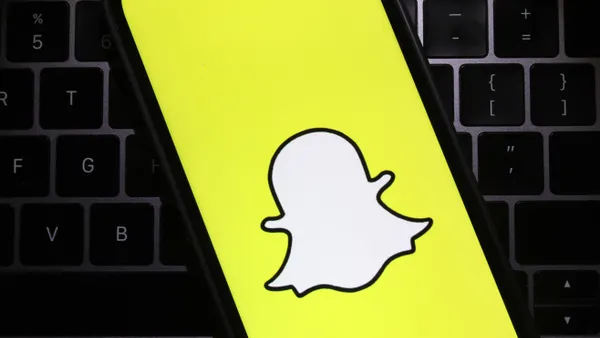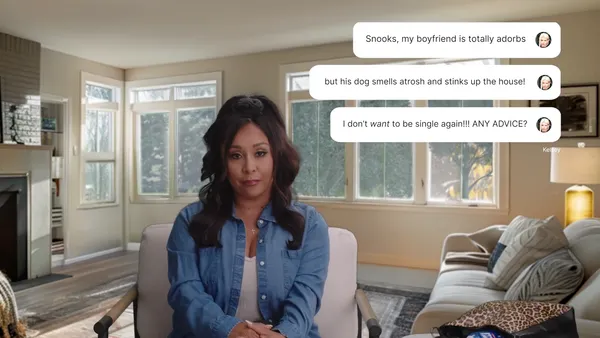The following is a guest post from Vishal Gurbuxani, co-founder of branded content platform Captiv8. Opinions are the author's own.
If you think Instagram's moves to hide engagement metrics from users has sent a message to brands, you're right. While Instagram, Twitter and other platforms have begun to decry the role of likes, comments, follows and shares in amplifying social media misinformation and abuse, marketers should also consider a more self-interested angle: Vanity metrics like these simply aren't useful for evaluating potential influencer partners anymore.
Facebook and Twitter clearly regret making these vanity metrics core to their platform. So how did we get here, and how can we get out? What are social media companies doing to improve the level of discourse on their platforms? What can brands to do avoid the influence of vanity metrics in their campaigns?
The folly of the crowd
It's no surprise that vanity metrics quickly rose to prominence in social media. Scores like these go to the core of social media game theory and psychology: Popularity breeds popularity as people rush to see whatever's drawing a crowd, and big numbers deliver a nice jolt of dopamine to the browsing brain. Hence so many individuals are jumping to pad their follower counts and engagement numbers by purchasing fake activity.
In "Coders," Clive Thompson talks about the invention of the "like" button on Facebook. After introducing the News Feed, the platform wanted to increase engagement by giving people an extremely easy, low-friction way to engage in a piece of content. The same principle applied to Twitter retweets. So far, so good. But then the decision was made to display these counts publicly. That not only paved the way to gamification and fraud, it made these numbers the most obvious proxy for quality.
And that was a critical misstep.
But the architecture of social media continues to steer people in the wrong direction. The algorithms reward volume, creating an echo chamber of network effects. When users see impressive engagement around a piece of content, they assume that it must be impressive in itself, and value it accordingly. The same applies to creators. The higher the follower count, the more interesting or talented the creator. Therefore in the creator world, whoever gets the most followers the fastest, wins.
After a decade of this drug, it's still all we know. We don't have a better way to value engagement so we default to vanity metrics, and the promise of human interconnection is overwhelmed by fake news and kids eating Tide pods.
No more trolling for clicks
But enough social theory. What should brands make of the situation, and what does it suggest for influencer marketing?
First of all, tear yourself away from the vanity metrics. Not all exposure is good exposure. Think instead about the kind of emotion and conversations you want to create around a brand or product. A Super Bowl ad drives a high level of socially energized awareness. Whether their team is winning or losing, most are there for the party, and you're now a part of it. Which influencers can offer the same kind of fertile setting?
The Super Bowl is a great venue for mass-appeal brands, but what about more targeted campaigns? What are the tribes that matter for your business, and where do they go on social media to have their most rewarding conversations? The notion of "conversational health" is critical. Twitter is now working to identify which of its user interactions are the healthiest in order to better encourage those behaviors. They're measuring this health based on:
- Shared attention — overlap on what we are talking about
- Shared reality — using the same facts
- Receptivity — open, civil, listening to different opinions
- Variety of perspective — exposed to different perspectives grounded in shared reality
While this kind of conversational health is obviously meaningful for brands to consider, it's still not a perfect proxy for influencer suitability. Brands must go a step further in understanding exactly who they're working with. Instead of asking to see an influencer's top posts, ask to see their best conversations — ones that follow the measures Twitter is working with, as well as showing the kind of excitement and receptivity that can take a campaign to the next level. This is obviously a more involved process than simply going by the numbers, but if it makes for more meaningful impressions, it's well worth the effort.












